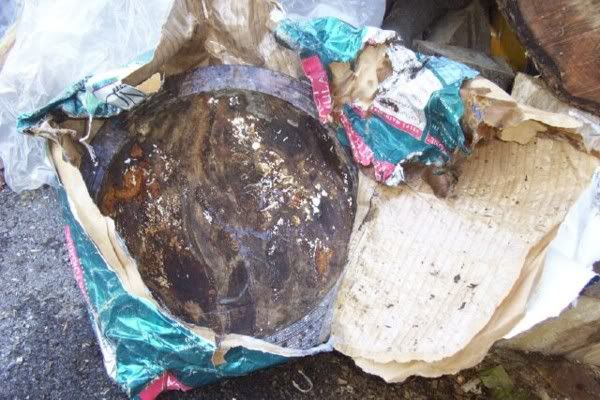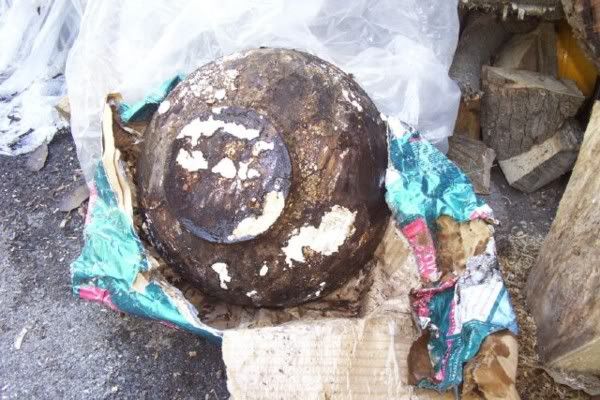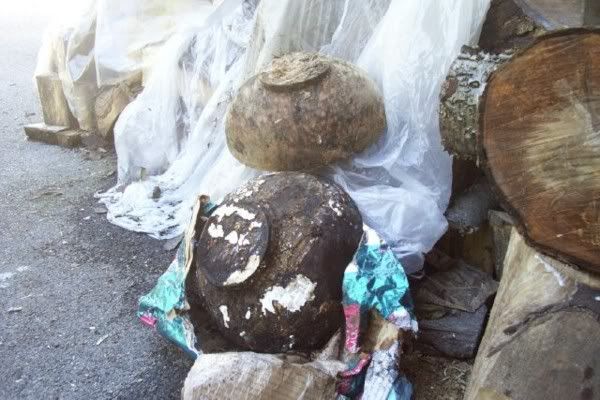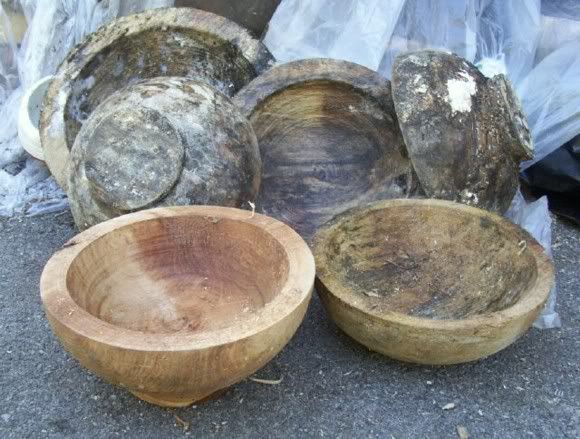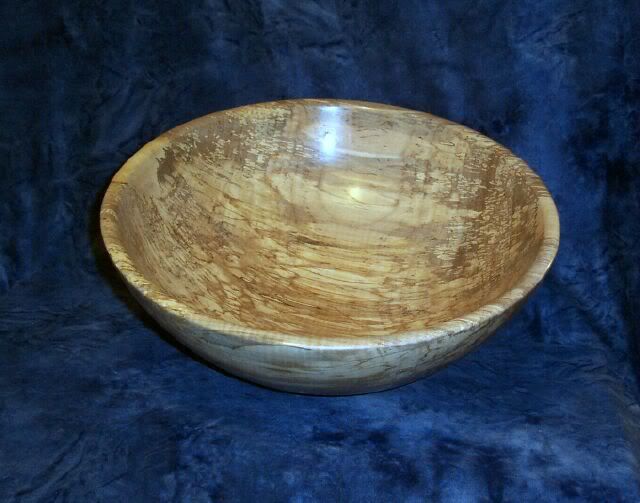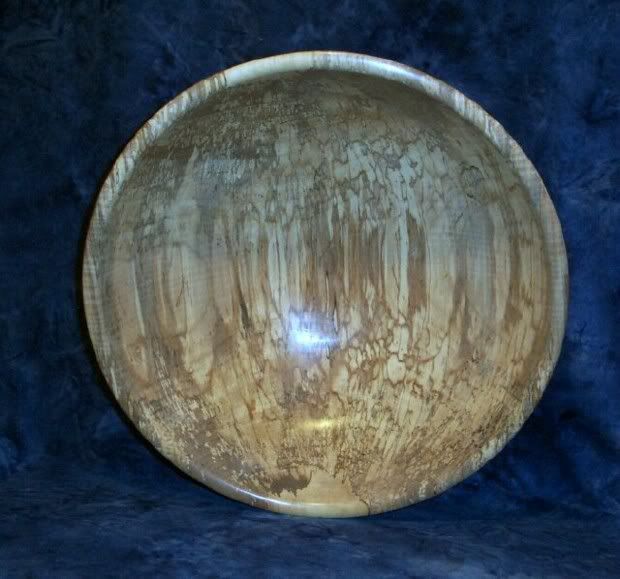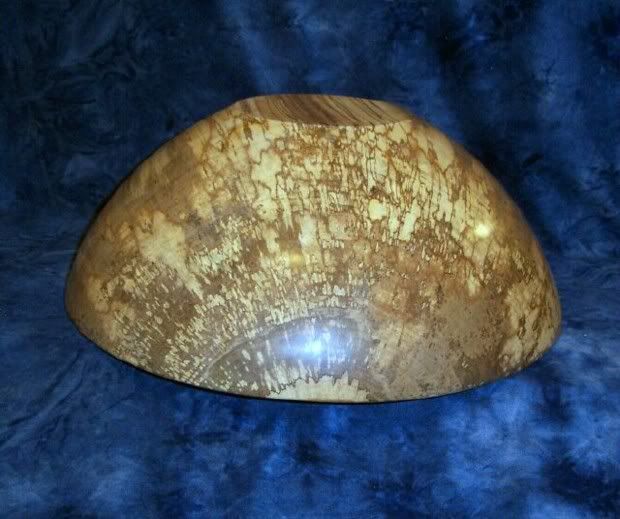bigjohn1895
ArboristSite Member
hey all im in the proses of trying to make some maple logs i have into spated maple
seems to be working but slower then i thought it would. any one elce try this how long did it take
also did you part burry the log or just leave it on damp ground
seems to be working but slower then i thought it would. any one elce try this how long did it take
also did you part burry the log or just leave it on damp ground




































